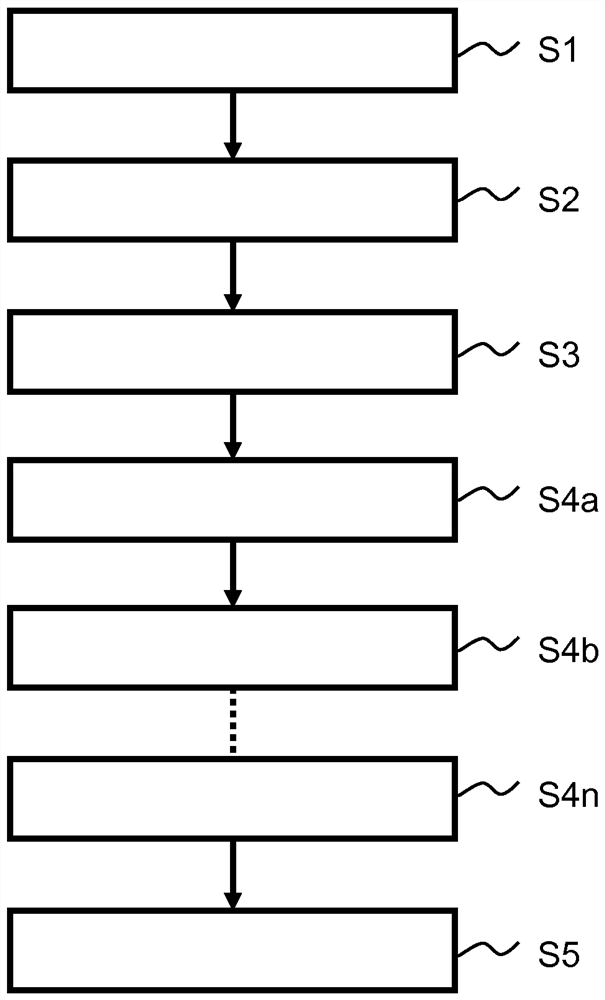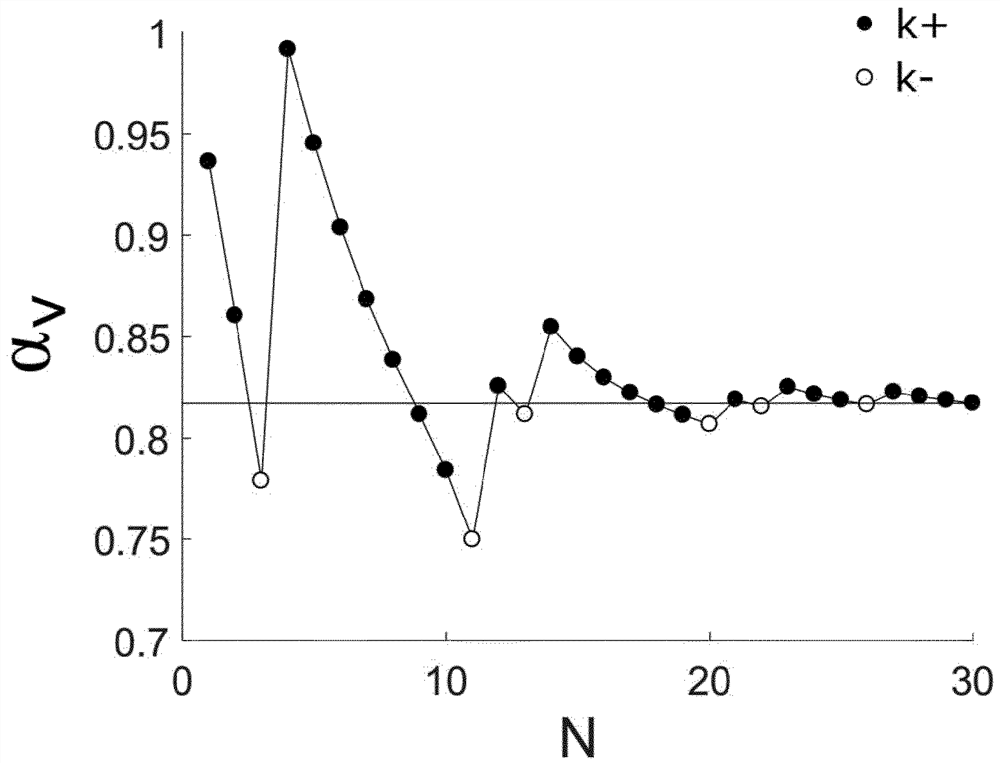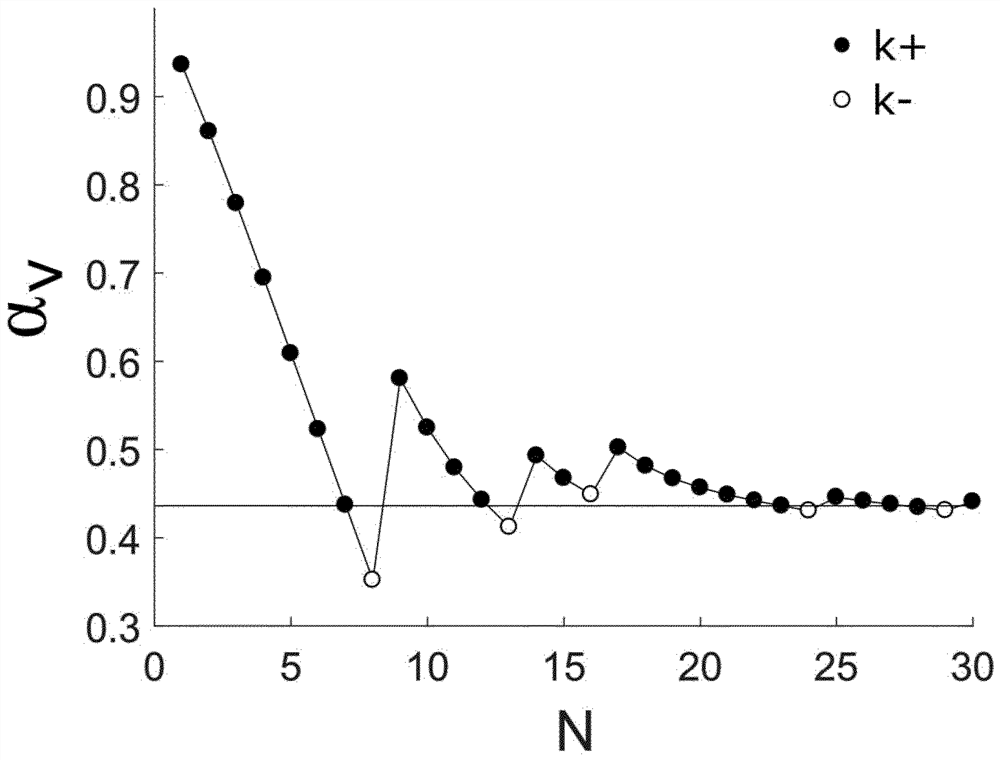Method for optimizing optical aids by automatically determining subjective visual acuity
A technology for automatic determination and visual acuity, applied in the direction of optical components, non-optical accessories, neural learning methods, etc., can solve problems such as laborious optical aids, inaccurate destructive effects, and inability to guarantee sufficiently accurate results
- Summary
- Abstract
- Description
- Claims
- Application Information
AI Technical Summary
Problems solved by technology
Method used
Image
Examples
Embodiment Construction
[0114] figure 1 A flow chart showing a sequence of an exemplary embodiment of a method of optimizing an optical aid by automatically determining subjective visual acuity according to the present invention. In this case, the optical aids are optimized specifically for the human eye. Optical aids are, for example, spectacle lenses.
[0115] In step S1, a training data set is provided. The provided training dataset reflects the subjective visual acuity of a large number of real test subjects in recognizing stimulus images.
[0116] For example, real test subjects were presented with a Landau ring (or "Landau C") as a stimulus image on a monitor multiple times separately. In each case, presentations were performed under standardized conditions; in particular, the distance between the monitor and the test subject was fixed. In this case, the gap of the Landau ring can have the following eight possible alignment angles, specifically "0°", "45°", "90°", "135°", "180°", "225°", "...
PUM
 Login to View More
Login to View More Abstract
Description
Claims
Application Information
 Login to View More
Login to View More - R&D
- Intellectual Property
- Life Sciences
- Materials
- Tech Scout
- Unparalleled Data Quality
- Higher Quality Content
- 60% Fewer Hallucinations
Browse by: Latest US Patents, China's latest patents, Technical Efficacy Thesaurus, Application Domain, Technology Topic, Popular Technical Reports.
© 2025 PatSnap. All rights reserved.Legal|Privacy policy|Modern Slavery Act Transparency Statement|Sitemap|About US| Contact US: help@patsnap.com



